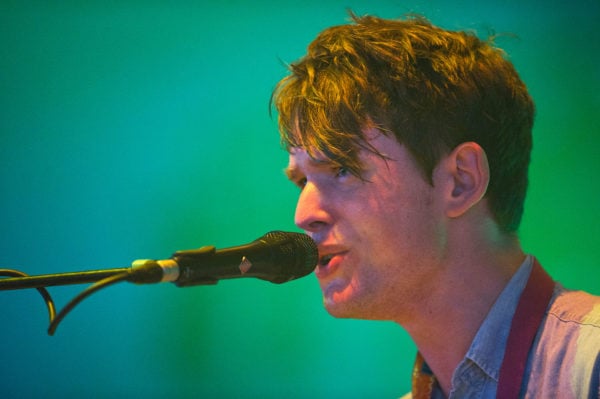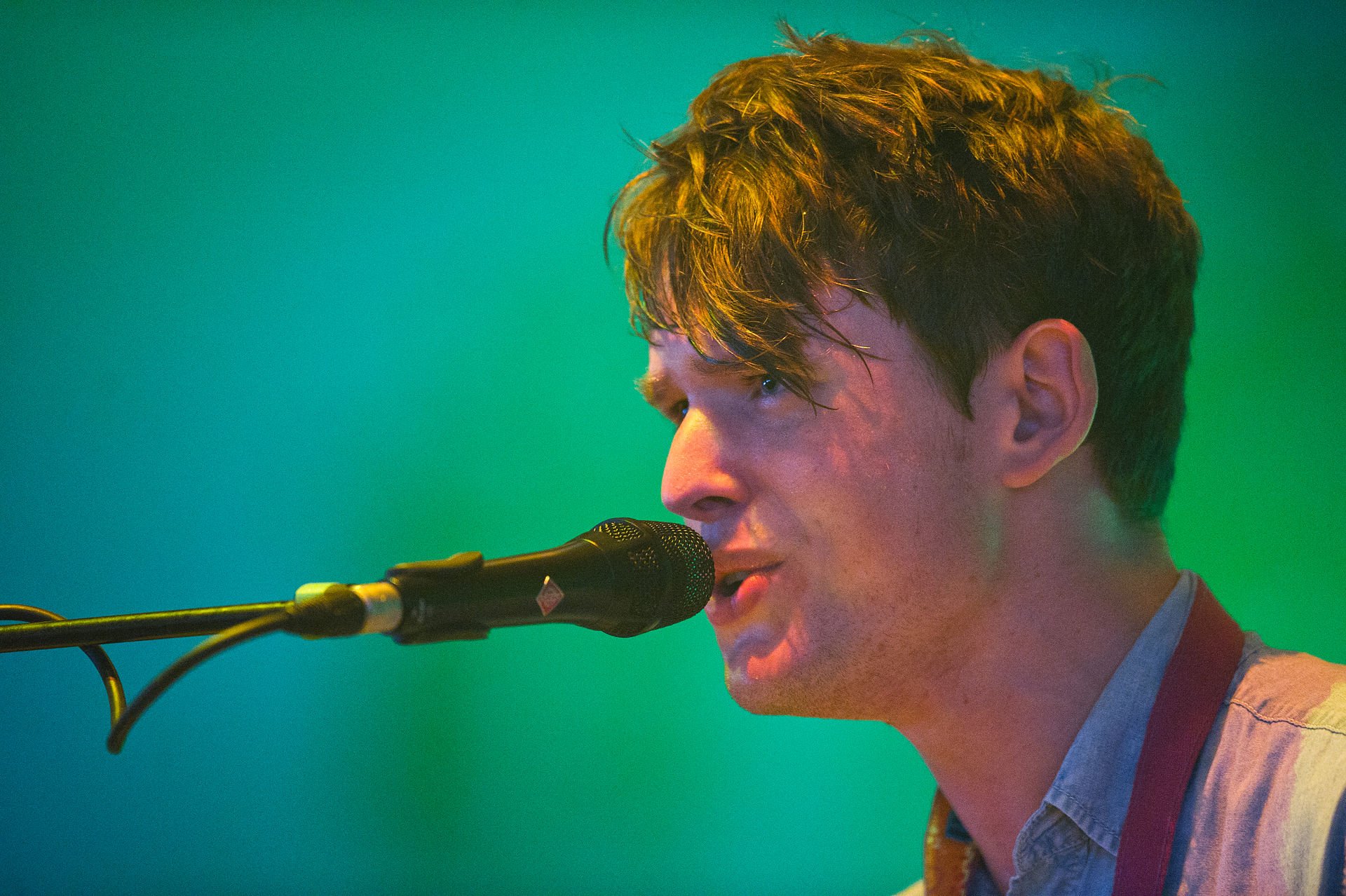
On his third album, “The Colour in Anything,” British electro-soul singer and producer James Blake dares not leave the confines of the sparse, ambient world he has created over his celebrated six-year career. The haunting falsetto, wavering synths and minimalist production found on “Colour” are a familiar, perhaps expected, return to form, but they are welcome nonetheless. While hardly a departure from his previous works, “Colour” reaffirms that Blake’s sonic world is deserving of another full album of exploration, and in fact leaves us wanting for even more.
Like in his previous projects, Blake’s minimalist style on “Colour” lends itself generously to feelings of isolation. Even as some of his productions swell with multilayered samples and drum machines, one gets the sense that Blake is alone, surrounded only by the noise of his own creations. In fact, during a recent interview with “The Guardian,” he says that rather than join a band or choir as a child, he preferred to “play piano at home with the lights out.”
This loneliness can feel monumental at times, empty at others — perhaps such an effect is meant to feed the music’s melancholy, or perhaps it’s simply a result of Blake’s artistic approach. In any case, one can hardly escape the image of an older Blake, hunched over his piano or laptop in a darkened studio, playing with the silence of his solitude as much as with his own melodies.
Like 2011’s self-titled “James Blake” and 2013’s “Overgrown,” the production credits for Blake’s third album are indeed sparse. The names that do show up are big — like the legendary Rick Rubin and the elusive Frank Ocean — but except for Justin Vernon’s guest vocals on “I Need A Forest Fire,” their influence is kept behind the scenes. Blake has indicated in recent interviews that this ensemble, while small, was key in helping to direct a shifting projection of his artistry from a somber to more uplifting sound.
It’s a shift of shade, rather than hue — gloom still prevails — but it’s a noticeable transformation, perhaps best symbolized by the album’s cartoonish artwork, variations of which appeared, uncredited, on billboards across London in the days leading up to the album’s surprise release. Loosely penned by Roald Dahl illustrator Sir Quentin Blake (no relation), the artwork on “Colours” greets its viewer with a somewhat bleak but sunny watercolor. James, rendered in a scraggly illustration, is actually smiling, emerging from an overcast backdrop with canary-yellow sunlight peeking over the horizon at his back.
https://www.youtube.com/watch?v=JqPVAyBJfTs
There are moments on the album when Blake’s music becomes more saturated as well. It’s still rather subdued when compared to just about anything (save perhaps Rothko), but with tracks like “I Need A Forest Fire” and “I Hope My Life” showing glimpses of a poppier Blake, we get the sense that he can in fact find his place in a noisier world. His dynamic, even forceful vocals on songs like “Choose Me” change the inflection of his woes, albeit subtly.
Even with these slight shifts in mood, “Colour” can feel a bit rambling at times, running at an hour and sixteen minutes with seventeen tracks. A casual listener might find little distinction between the aesthetic of “Colour” and that of Blake’s last project, “Overgrown.” But listen closely and you’ll find a different message, curated by a different Blake.
On the title track, a somber piano ballad, the chorus echoes this subtle change: “And how I told you what I’d do / If one day I woke and couldn’t find the colour in anything.” Blake’s music is still melancholy, but on “Colour,” he seems less inclined to give into the hopelessness or despair that his previous work may have more readily evoked. For artist and listener alike, this alone makes all the difference.
Contact Benjamin Sorensen at bcsoren ‘at’ stanford.edu.
